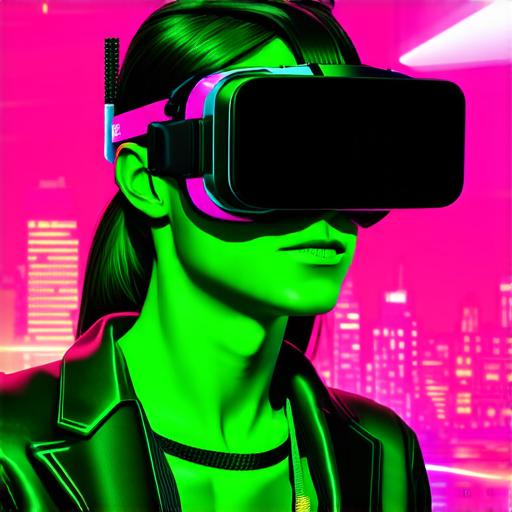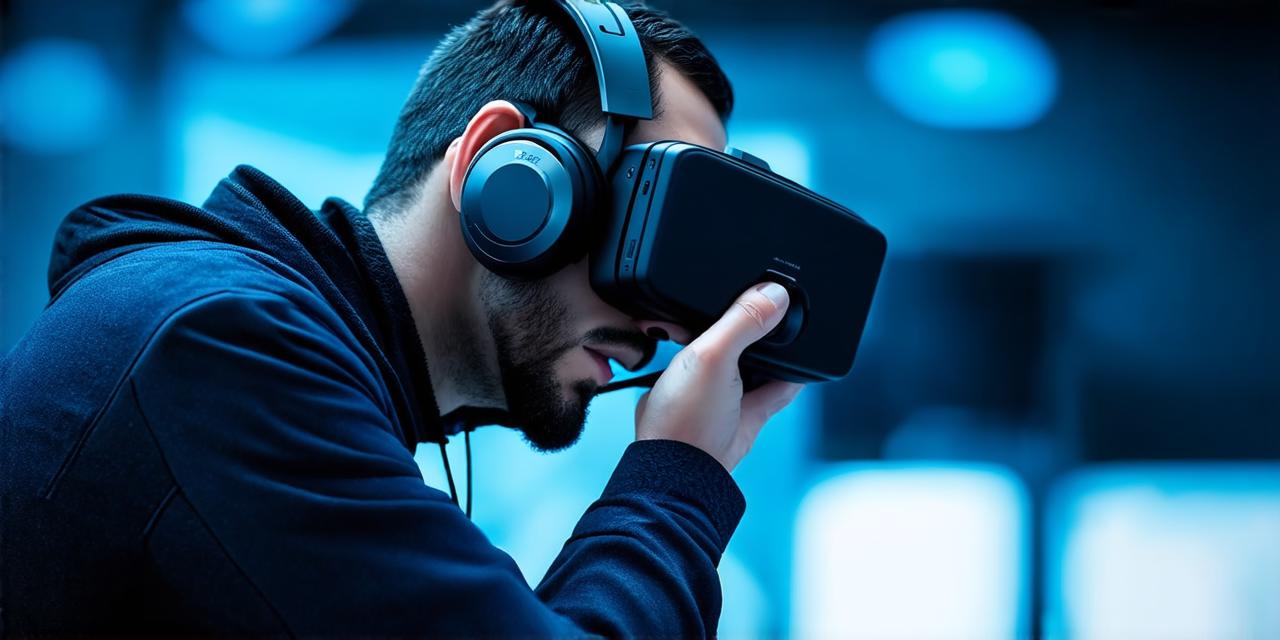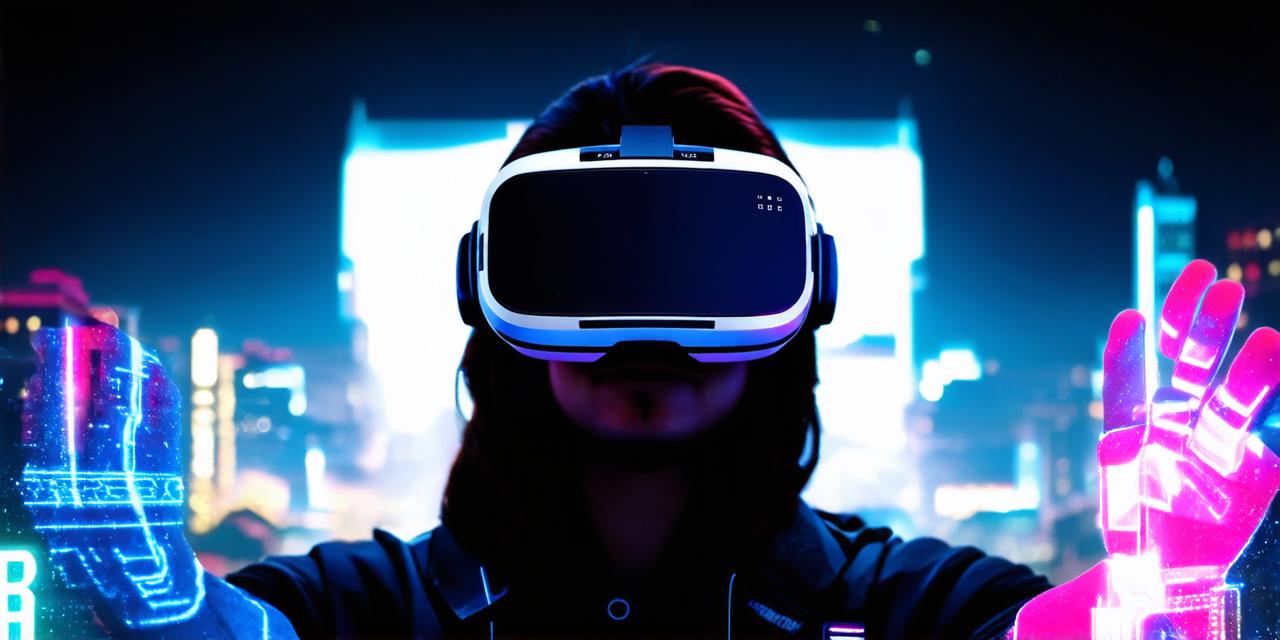Virtual reality (VR) is a technology that allows users to experience a simulated environment in a way that feels as if they are actually there. With VR, users can interact with virtual objects and surroundings in a manner that was previously impossible.
Immersive Experiences
One of the key benefits of virtual reality is its ability to create immersive experiences. With VR headsets, users can enter a simulated environment that surrounds them on all sides, making them feel as if they are actually there. This immersion allows for a level of engagement and interaction with virtual objects that was previously impossible. For example, a user could take a virtual tour of a museum or historical site, experiencing the sights and sounds as if they were really there.
Training and Education
Virtual reality is also important because it can be used for training and education purposes. With VR, users can practice skills in a safe and controlled environment, without the risk of injury or damage to real equipment. This makes VR an ideal tool for training professionals in fields such as medicine, military, and aviation. In addition, VR can also be used to teach students about historical events, science, and other subjects in a way that is both engaging and interactive.
Therapy and Rehabilitation
Virtual reality is also important because it can be used for therapy and rehabilitation purposes. With VR, users can simulate real-world situations and environments, which can be helpful for people with anxiety, phobias, or other mental health issues. In addition, VR can also be used to help people recover from physical injuries by providing a safe and controlled environment for them to practice their movements and rehabilitate their bodies.
Collaboration and Communication
Virtual reality is also important because it allows for collaboration and communication in a way that was previously impossible. With VR, users can interact with each other in a virtual environment, allowing them to work together on projects or ideas in real-time. This can be particularly useful for remote teams or for people who live in different parts of the world.

Conclusion
In conclusion, virtual reality is an important technology that has the potential to change the way we interact with technology and each other. With its ability to create immersive experiences, it can be used for training, education, therapy, and rehabilitation purposes, as well as for collaboration and communication. As VR continues to evolve and improve, we can expect to see even more exciting and innovative applications of this technology in the future.



